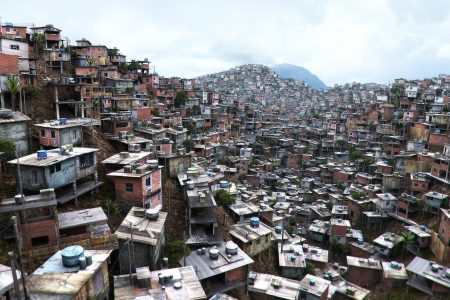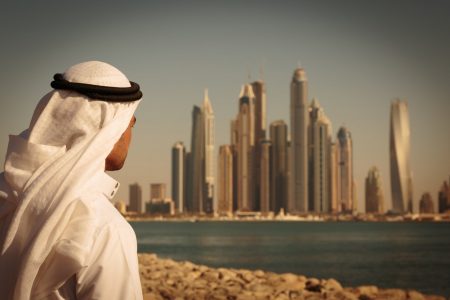December 18, 2017 – In yesterday’s thought sharing, Peter Diamandis chose to write about global urbanization and the future of cities. He notes that by 2050, two-thirds of humanity will live in cities and towns. That’s more than 6 billion of us living on 3% of all the land on our planet. Diamandis discusses how exponential technologies will play a part in the way we build, organize and work in the cities of 2050 and beyond. As always I welcome your comments.
Cities currently house over 50% of the world’s population and generate 80% of the world’s GDP. The UN estimates that continued urbanization and population growth will add another 2.5 billion to the world’s cities by 2050, with nearly 90% of the increase concentrated in Asia and Africa.


While city population continues to grow dramatically, the footprint of cities, that is, the number of square kilometers they cover will grow at even a faster rate causing densities (people per square kilometer) to decline. This expected increase in urban land use during the first three decades of the 21st century will be greater than the cumulative urban expansion over all human history. This poses a unique challenge for sustainability, as low-density cities tend to be higher carbon emitters than higher-density cities with similar population size.
By 2050, the United Nations projects demand for water and energy to increase by 55%. Energy demand alone is expected to increase by 33% by 2035. As people migrate to cities, existing infrastructure will need to be improved or urban centers will face significant shortages.
Technology can be used to reduce the downside of urbanization dramatically. With big data, ubiquitous sensors, computer intelligence, and advances in transportation technology including autonomous cars, flying cars, Hyperloops, and more, we can imagine systems far more efficient offering far greater performance than those in existence today.

Building Future Cities
Three recent projects in this area have caught my eye:
- Sidewalk Labs
- Bill Gates’ $80 million recent investment in an Arizona-based smart city
- Dubai’s efforts to build a city for the future
1. Sidewalk Labs
Sidewalk Labs is Alphabet’s urban development organization that seeks to imagine what cities would look like if they were built from the Internet up. In 2012, Sidewalk’s subsidiary Intersection began converting old payphones into free, technologically advanced access points complete with video call capability and screaming-fast WiFi. Over the next several years, 7,500 of these access points will be installed throughout New York City.
In October 2017, Sidewalk announced plans to build a tech-centered neighborhood called Quayside in the downtown port lands area just east of Toronto’s urban core. Waterfront Toronto, Sidewalk’s partner in the project, described Quayside as “a testbed for emerging technologies, materials and processes that will address these challenges and advance solutions that can be replicated in cities worldwide.”
2. Bill Gates & Belmont Partners
Bill Gates recently announced his commitment of $80 million to build a “smart city” just outside of Phoenix, Arizona with the help of Belmont Partners, a real estate investing group. In a press release, the company describes the city as a “forward-thinking community with a communication and infrastructure spine that embraces cutting-edge technology, designed around high-speed digital networks, data centers, new manufacturing technologies and distribution models, autonomous vehicles and autonomous logistics hubs.”
Unlike Sidewalk’s project in Toronto, this city is to be built from the ground up with the current 24,800-acre site a patch of empty land in the desert. Grady Gammage, a spokesperson for Belmont Partners, argues that this gives the company a unique advantage. “Envisioning future infrastructure from scratch is far easier and more cost-efficient than retrofitting an existing urban fabric.” Eventually, the city, currently named Belmont, will contain 80,000 homes, 3,800 acres of industrial, office, and retail space, and 470 acres set aside for public schools.
3. Dubai’s Strategic Plan 2021
Over the next decade, Dubai will look more and more like a set for a science fiction film. The city has laid out its 2021 goals which include:
- 3D-printing 25% of the city’s buildings
- Making 25% of transportation trips automated and driverless
- Installing hundreds of artificial “trees” that use solar power to provide the city with free WiFi, screens with map information, and USB ports for charging phones
- Integrating passenger drones into the public transit system
- Becoming one of the top 10 sustainable cities by 2020

Dubai hopes to set itself as an example for the rest of the world to follow. When other nations see tourism to Dubai grow and review the data on the city’s efficiency, others will follow suit.
And, as cities begin to incorporate big data into their infrastructure, they will become more intelligent, efficient, sustainable and prosperous.















